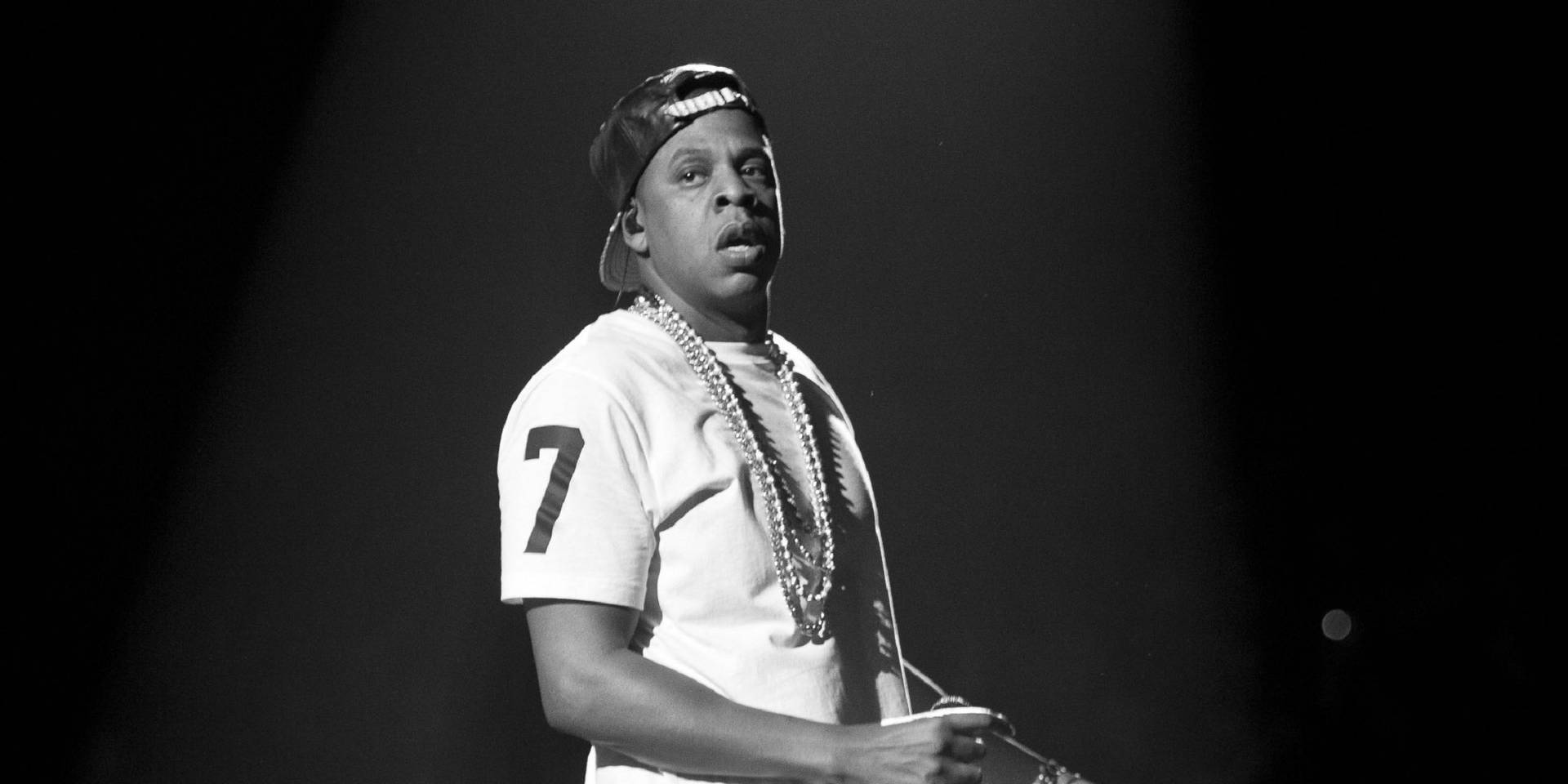
Introduction
The album cover of an artist’s work plays a crucial role in both the visual identity and marketability of the music. For Lorde, the New Zealand singer-songwriter known for her unique sound and lyrical depth, her album covers are an extension of her artistic vision. These covers not only encapsulate the themes of her albums but also reflect the evolution of her image and musical journey. As Lorde approaches the release of her highly anticipated fourth studio album, the conversation around her cover art has resurfaced, highlighting the importance of visual representation in music.
The Artwork of Her Previous Albums
Lorde’s debut album, Pure Heroine, released in 2013, features a striking minimalist design with the iconic image of Lorde against a black backdrop that captures her dark yet ethereal aesthetic. The simplicity of this design resonated with her themes of adolescent disillusionment and fame.
In 2017, the release of Melodrama marked a significant artistic transition for Lorde. The cover art shows her in a dramatic and colorful setting, hinting at the vibrant and emotional themes explored in the album. The rich imagery signified a move towards a more personal narrative, as Lorde delved into the complexities of love and heartbreak.
Most recently, her album Solar Power (2021) showcased bright, sunlit aesthetics that matched the carefree and reflective nature of the album’s content. The cover art depicted Lorde laying in the sand, evoking themes of escapism and nature, which contrasted sharply with the darker tones of her earlier work.
The Significance of Artistic Representation
Lorde’s album covers serve as a visual representation of her artistic journey and her personal growth. Each piece of art is carefully crafted to align with the narratives she explores in her music, encapsulating her introspective lyrics and the emotions they invoke.
As we look forward to her upcoming release, speculation around the aesthetics of the new album cover has generated excitement among fans and critics alike. Will it reflect the maturity and experiences Lorde has gained in recent years? Or will it take another bold stylistic approach, a signature of her unpredictable artistry?
Conclusion
The discussion surrounding Lorde’s album cover art is not merely about visuals; it’s an exploration of how an artist communicates their identity and themes through design. As her fans await the new album, the anticipation extends to what the cover will depict and how it will continue to shape her artistic narrative. With each release, Lorde redefines her visual identity, leaving a lasting impact on the music industry and the perception of album artistry.
You may also like

Jay Z: The Evolution of a Music Legend

The Lasting Legacy of Amy Winehouse
